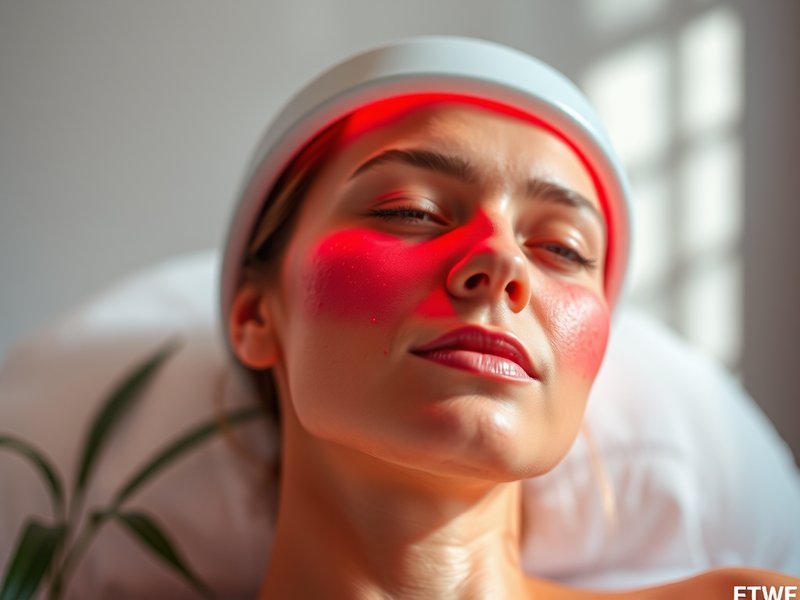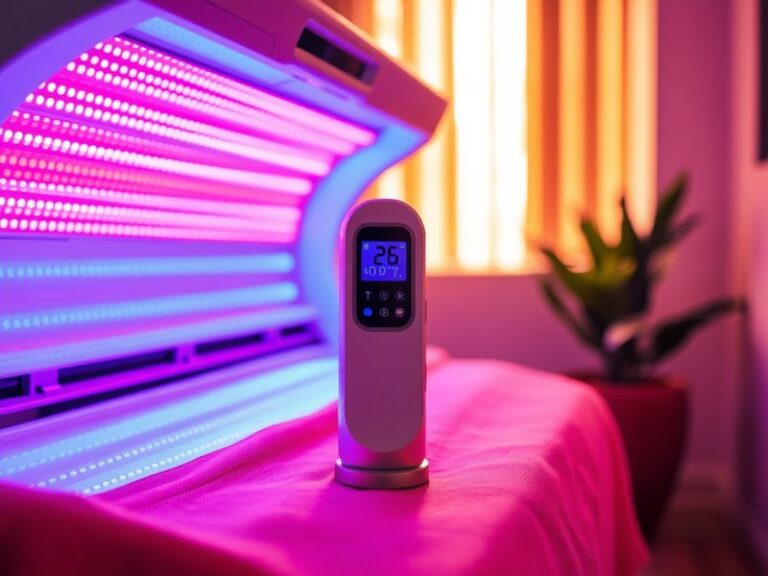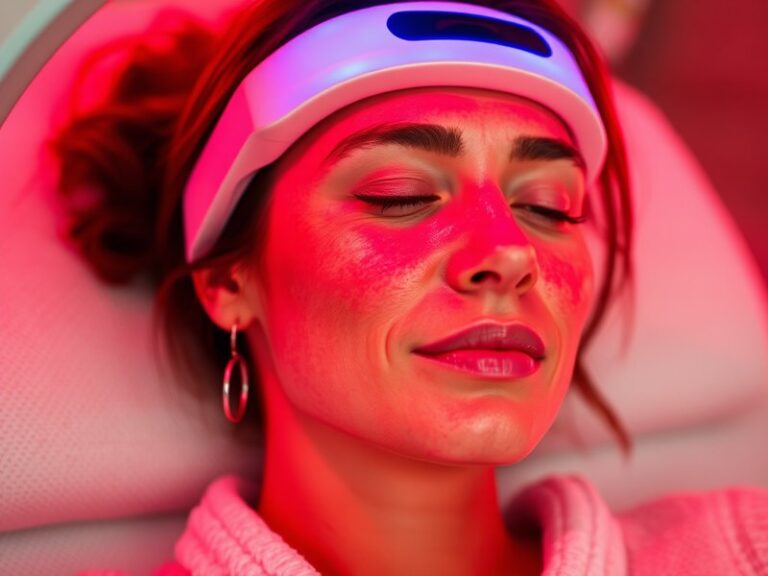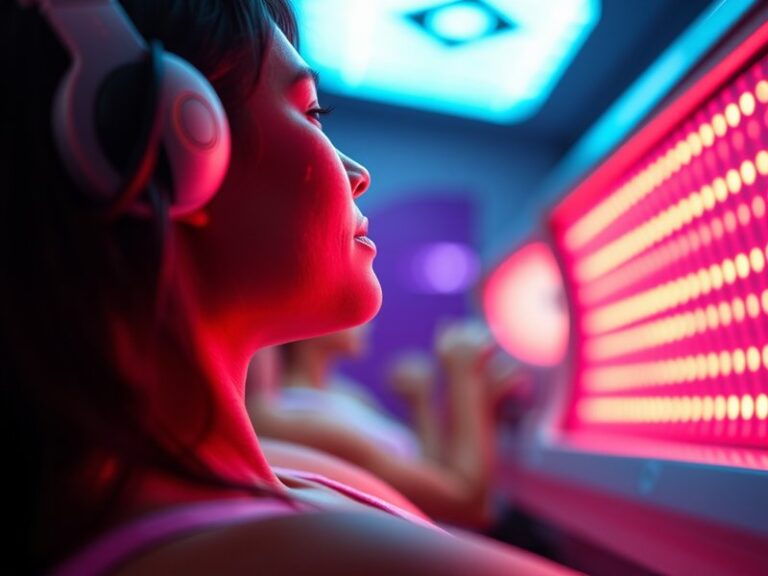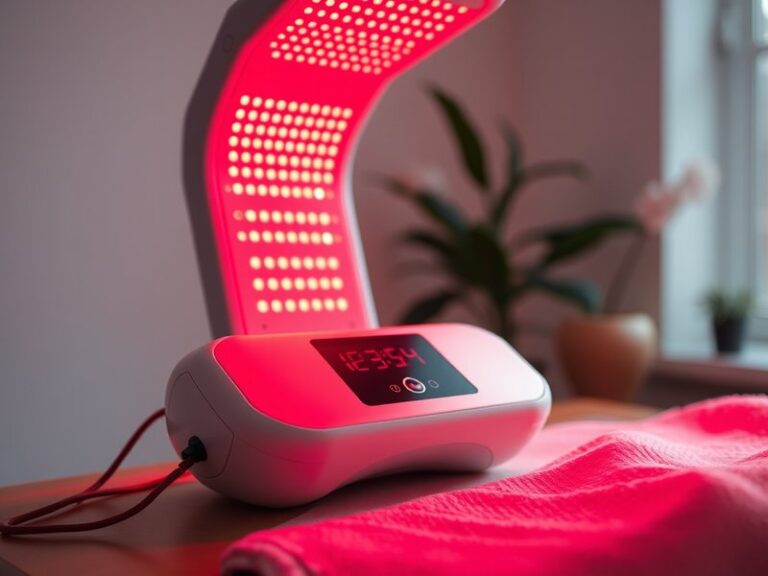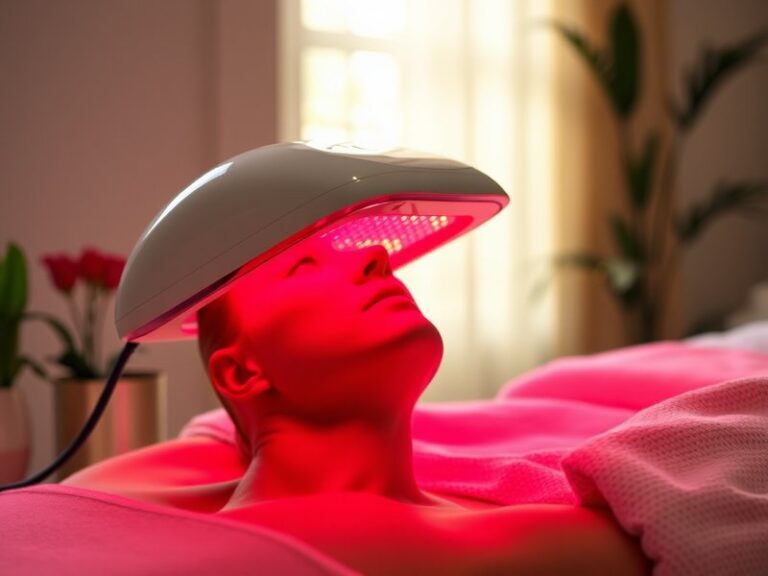Is Red Light Therapy For Acne?
Is Red Light Therapy For Acne?
Is red light therapy a viable solution for acne treatment?
This article will explore the potential of red light therapy as a treatment for acne. We will discuss what red light therapy entails, its benefits, considerations, and alternatives, as well as common questions surrounding its efficacy. By the end of this piece, you will have a comprehensive understanding of whether this innovative treatment might be suitable for you.
Key Takeaways
- Red light therapy utilizes low-wavelength light to penetrate skin layers, potentially helping to reduce acne.
- The therapy may improve skin appearance by reducing inflammation and promoting healing.
- Results can vary; it is essential to consider both effectiveness and safety before starting treatment.
What is Red Light Therapy?
Red light therapy (RLT) is a non-invasive treatment that employs specific wavelengths of red light to stimulate cellular processes in the skin. It has gained traction in dermatology for its potential therapeutic effects, especially in conditions like acne and inflammatory skin disorders.
RLT typically involves the use of LED lights emitting red wavelengths, usually between 600 to 650 nanometers. The treatment can penetrate the skin’s epidermis, reaching deeper layers to enhance cellular function, promote collagen production, and reduce inflammation.
How It Works
When the red light is absorbed by the skin, it stimulates various biological processes, including:
- Increased circulation: Boosting blood flow helps deliver more oxygen and nutrients, aiding the healing process.
- Enhanced cellular repair: Cells that produce collagen and elastin are encouraged to work more efficiently, improving skin texture.
- Reduced inflammation: RLT may help lower inflammatory markers, which can calm acne flare-ups.
What are the Benefits of Red Light Therapy?
Red light therapy offers numerous potential benefits, particularly for those battling acne. Below are some key advantages of incorporating RLT into your skincare routine.
Reduces Inflammation
One of the primary benefits of RLT is its ability to decrease inflammation. By targeting inflamed areas, it helps to soothe redness and swelling associated with acne lesions.
Promotes Healing
RLT can accelerate the healing of existing acne marks and improve skin texture. Faster healing means fewer chances of scarring and pigmentary changes on the skin.
Minimizes Acne Lesions
Regular sessions may help reduce the frequency and severity of acne outbreaks. Several studies have indicated that RLT can lead to a noticeable decrease in active acne lesions over time.
Enhances Skin Tone
In addition to reducing acne, RLT can improve overall skin tone and texture by promoting health in the skin’s deeper layers, leading to a more radiant appearance.
Is it Possible to Use Red Light Therapy for Acne?
Yes, using red light therapy for acne is not only possible but has been explored in various clinical studies highlighting its efficacy. Many individuals have reported improvements in their skin condition after incorporating RLT into their treatment schedules. However, results can depend on several factors, including the severity of acne and individual skin types.
What are the Advantages of Using Red Light Therapy?
Using red light therapy for acne treatment offers numerous advantages, including:
- Non-invasive nature: Unlike many acne treatments that involve topical medications or oral drugs, RLT is painless and does not require needles or surgery.
- Self-management: Many at-home devices are now available, allowing individuals to use therapy conveniently and regularly without needing to visit a specialist.
- Minimal side effects: Compared to chemical treatments or antibiotics, RLT is generally considered safe, with fewer risks involved.
What are the Disadvantages of Using Red Light Therapy?
Despite its benefits, there are some challenges to consider with red light therapy:
- Consistency is key: Achieving noticeable results often requires regular and prolonged use, which may be time-consuming.
- Variable results: Not everyone responds equally to RLT, and some individuals may see limited improvement.
- Equipment cost: Professional treatments can be expensive, and at-home devices, while more affordable, still represent a financial investment.
What are the Things to Consider Before Starting Red Light Therapy?
Before embarking on a red light therapy regimen, there are several important considerations.
Skin Type and Sensitivity
Understanding your skin type is essential. Individuals with sensitive skin may need to approach RLT cautiously to avoid any adverse reactions.
Researched Devices
If considering at-home equipment, it’s crucial to research and choose devices backed by clinical results to ensure efficacy and safety.
Consulting a Dermatologist
Always consult a dermatologist before starting any new treatment. They can provide personalized advice and determine the best course of action based on your specific skin needs.
What are the Alternatives to Red Light Therapy for Acne?
If red light therapy does not seem appealing, there are several alternatives available for acne treatment.
Topical Treatments
Over-the-counter and prescription creams containing active ingredients like benzoyl peroxide, salicylic acid, and retinoids are commonly used and can be effective in managing acne.
Chemical Peels
Chemical peels involve applying a chemical solution to the skin, promoting the exfoliation of dead skin cells and unclogging pores.
Laser Therapy
Laser treatments target deeper layers of the skin and can effectively reduce acne scarring and inflammation.
Conclusion: Is it Recommended to Use Red Light Therapy for Acne?
The use of red light therapy for acne shows promise, given its potential to reduce inflammation, promote healing, and improve skin tone. However, every individual is different, and it may not work for everyone. Consulting with a healthcare professional is advisable to determine the best treatment path for your unique skin needs.
Frequently Asked Questions
How often should I use red light therapy for acne?
Most recommendations suggest starting with sessions around two to three times a week and adjusting based on your skin’s response.
Is red light therapy safe for all skin types?
While RLT is generally safe, individuals with specific skin conditions should consult a dermatologist to ensure it’s appropriate for their skin type.
For more insights, see Heat Lamp for Red Light Therapy?
Check out our insights on Red Light Therapy Frequency at Home
Can I combine red light therapy with other acne treatments?
Yes, RLT can often complement other treatments, but it’s best to discuss with a dermatologist to create a cohesive skincare plan.
Are results from red light therapy permanent?
Results can vary; while some may experience lasting improvements, others may need ongoing treatment to maintain clear skin.
What should I expect during a red light therapy session?
During a session, you should expect to sit or lie down while the light device is directed towards your skin. The procedure is pain-free and usually lasts about 20-30 minutes.
By engaging with this informative article, you can make an educated decision regarding red light therapy as a potential treatment for acne.
